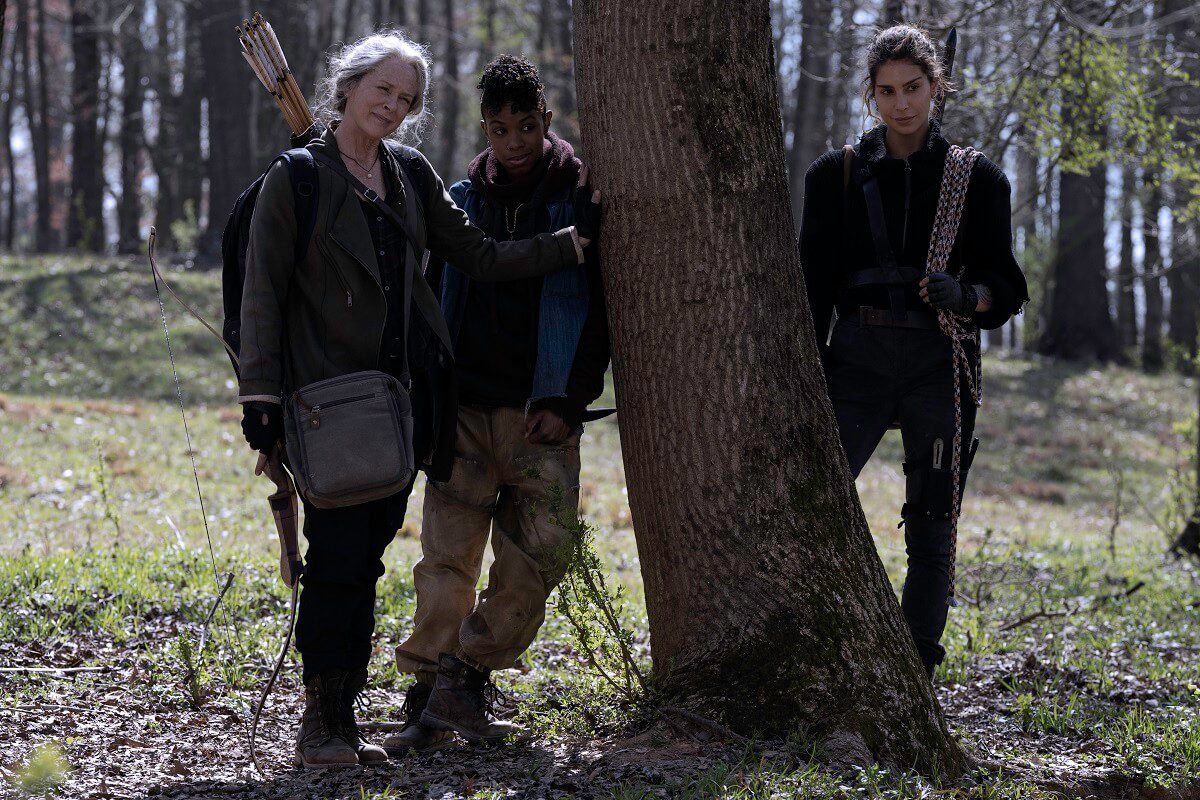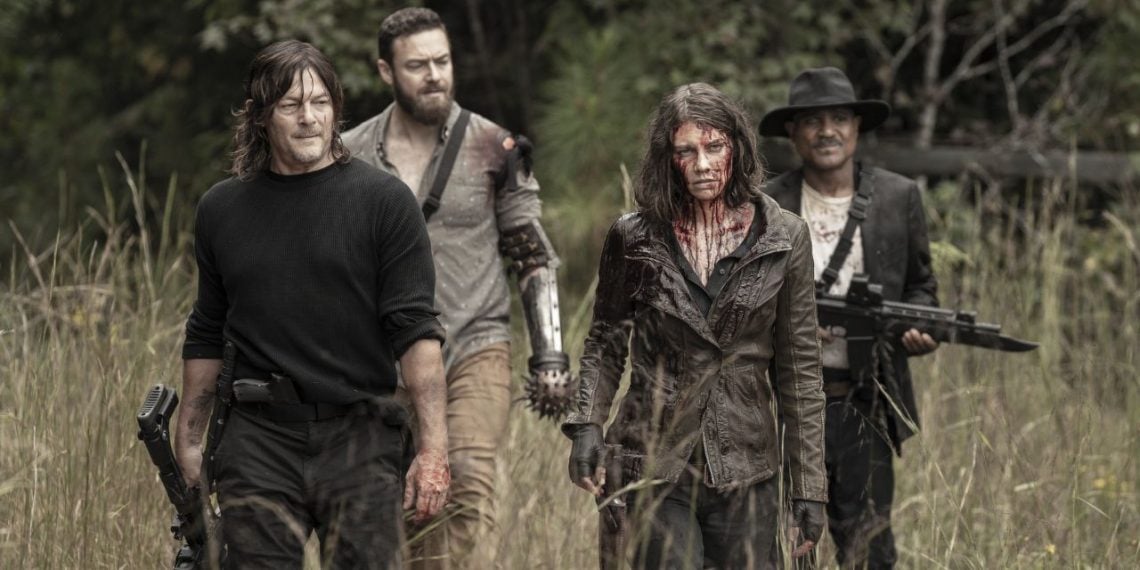For a show about a zombie apocalypse, The Walking Dead needed believable walkers. Special effects expert Greg Nicotero created a “zombie school” before each season. At this school, he auditioned people for walker roles and refined their natural skills. Acting skills were essential to play a walker well.
What made a walker successful wasn’t just the makeup and walk but also the character hints underneath. This blend of decay and humanity defined the walkers across the franchise. But why did we start feeling unsatisfied with them over time?
The walkers’ decline was not due to poor execution but how they were portrayed. As survivors became more skilled at defeating them, they became less threatening. While characters evolved, walkers remained stagnant.
That changed in the final season and new spinoffs, revitalizing the terror associated with walkers. Nicotero’s zombie school finally gets its due recognition.

The Walking Dead Pilot Shows the Best of Zombie School
Every Walking Dead episode features at least one walker. The detailed makeup took 1-2 hours to apply, and with so many walkers, retakes were not an option. Nicotero used various makeup and prosthetics for different walkers. He looked for specific bone structures in auditionees to make makeup application easier.
Performance was another key aspect in auditions. The way walkers moved added to the performance’s continuity. Nicotero was inspired by Boris Karloff’s portrayal in Frankenstein, aiming for a horrifying yet sympathetic character.
Some walkers left a lasting impression due to their exceptional performance. One standout example is the torso-torn woman in the pilot episode. Her melancholic demeanor conveyed lost life rather than just being a rotting corpse.
Child walkers, like the little girl in the pilot, also induced terror effectively. Minimal makeup created maximum sympathy, as seen with Sophia in Season 2.

As the show progressed, walkers lost their ability to frighten. However, their quality remained consistent, hovering between revulsion and sympathy. The survivors became more adept at handling walkers, treating them as a secondary threat.
Even the hoards became less intimidating, with characters sometimes walking through them covered in gore. The Whisperers further diminished the walkers’ threat by wearing their faces and herding them.
Despite these changes, the balance that made the walkers in The Walking Dead successful remains powerful. Their evolving impact on viewers continues to shape the show’s narrative and our perceptions of the undead in a post-apocalyptic world.




